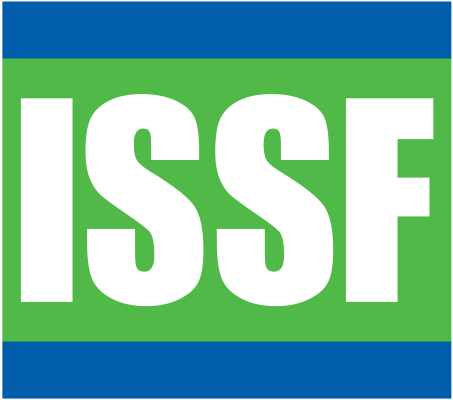Shark Bycatch and RFMOs
All five tuna RFMOs have established some requirements for longline fishing vessels to reduce shark bycatch. For example, all tuna RFMOs prohibit the practice of shark finning, require the application of best practices for shark safe release, and prohibit the retention of particular shark species depending on the Ocean.
Some tuna RFMOs require landing the sharks with fins naturally attached. Others require longline vessels targeting tuna and billfish to choose between either not using wire trace as branch lines, shark lines, or both, depending on the area.
Shark Finning
Shark finning is the practice of retaining shark fins and discarding the remaining carcass while at sea. The practice is against the FAO Code of Conduct for Responsible Fisheries and its International Plan of Action for the Conservation and Management of Sharks, as well as the resolutions of a number of other international marine bodies including the tuna RFMOs, all of which call for minimizing waste and discards.
There are major uncertainties about the total quantity and species of sharks caught, and shark finning has added to this problem.
ISSF Conservation Measure 3.1 has called on the fishing industry to adopt policies prohibiting shark finning and to land sharks with fins naturally attached, if retained. All tuna fishery operators should prohibit shark finning, and should retain, land, and report all sharks caught with fins naturally attached, except for species that are prohibited by national law or RFMO regulations, or those individual sharks that are released alive.
While there are several strategies for shark bycatch mitigation currently being promoted, RFMOs have not advocated the use of one mitigation measure over another. Here we list some of the techniques that have been shown to be effective in reducing the catch of sharks.

